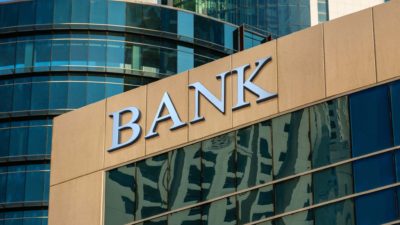National Australia Bank Ltd (ASX: NAB) stock has gone on an incredible run in recent times. But, there are a number of things investors need to know about the ASX bank share before thinking about buying.
As we can see on the chart above, the NAB share price has risen by 28% in the last year, compared to a rise of 18% for the S&P/ASX 200 Index (ASX: XJO). That's a significant level of outperformance over this time period.
It's impossible to precisely know what's going to happen next with the ASX bank share, or any share. But, it seems clear that there are certain trends happening at the bank.
Rising dividend payments expected
The NAB board of directors seem motivated to give investors a growing dividend even when conditions are difficult. Dividends seem important to a lot of investors, so let's look at the dividend picture.
The bank's annual dividend per share has increased each year since the COVID-hit year of 2020.
In the FY24 first-half result, NAB's board decided on an interim dividend of 84 cents per share, which represents an increase of 1.2%. That's not much growth, but it's a good thing there was an increase at all, considering NAB's cash earnings declined by 12.8% year over year to $3.55 billion in the HY24 result.
According to Commsec, the NAB dividend per share is projected to rise to $1.75 in FY25. If that happens, the grossed-up (with franking credits) dividend yield at the current NAB stock price would be 6.75%.
Weakening profit for the retail bank
NAB and the other ASX bank shares are facing a very competitive environment.
Banks have to compete on price much more because they're competing for the same customers, who can easily compare lending/saving products with brokers or on the internet. This is hurting margins, as measured by the net interest margin (NIM).
Thankfully, NAB's business banking division is the biggest profit driver of the business.
In HY24, NAB's business and private banking cash earnings dropped only 2.4% to $1.67 billion, and corporate and institutional banking cash earnings declined by just 2.8% to $899 million. The personal banking segment sank 29.6% to $553 million, and the New Zealand banking division saw its profit fall by 7.7% to $750 million.
Part of the problem is the steadily rising arrears. According to NAB, its percentage of loans that were at least 90 days overdue in the first half of FY24 had grown to 0.79%, up from 0.75% in the second half of FY23 and up from 0.66% in the first half of FY23. Higher arrears could lead to less cash flow, higher bad debts, and a headwind for profits and dividends.
NAB stock price valuation
Investors should keep in mind that it's rising profits that typically justify higher share prices. That's not the case for NAB stock recently.
Broker UBS is expecting NAB's net profit in FY24, FY25 and FY26 to be lower than the FY23 profit. UBS is forecasting the bank could generate earnings per share (EPS) of $2.17 in FY24, $2.23 in FY25 and $2.34 in FY26.
That's implying a possible price-earnings (P/E) ratio for NAB stock of 17.1 for FY24, 16.6 for FY25 and 15.9 for FY26.
UBS noted that the bank is trading at a higher earnings multiple than it usually does despite the challenging profitability environment. It currently rates NAB shares as a sell.








